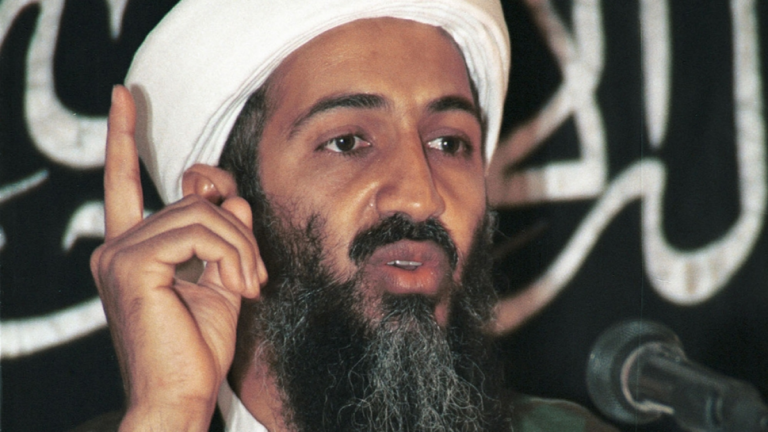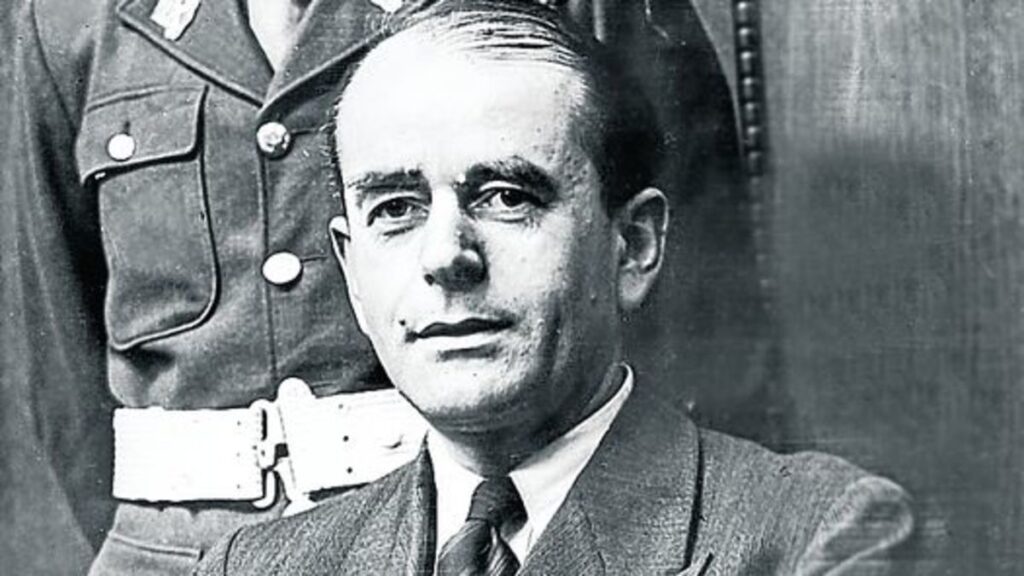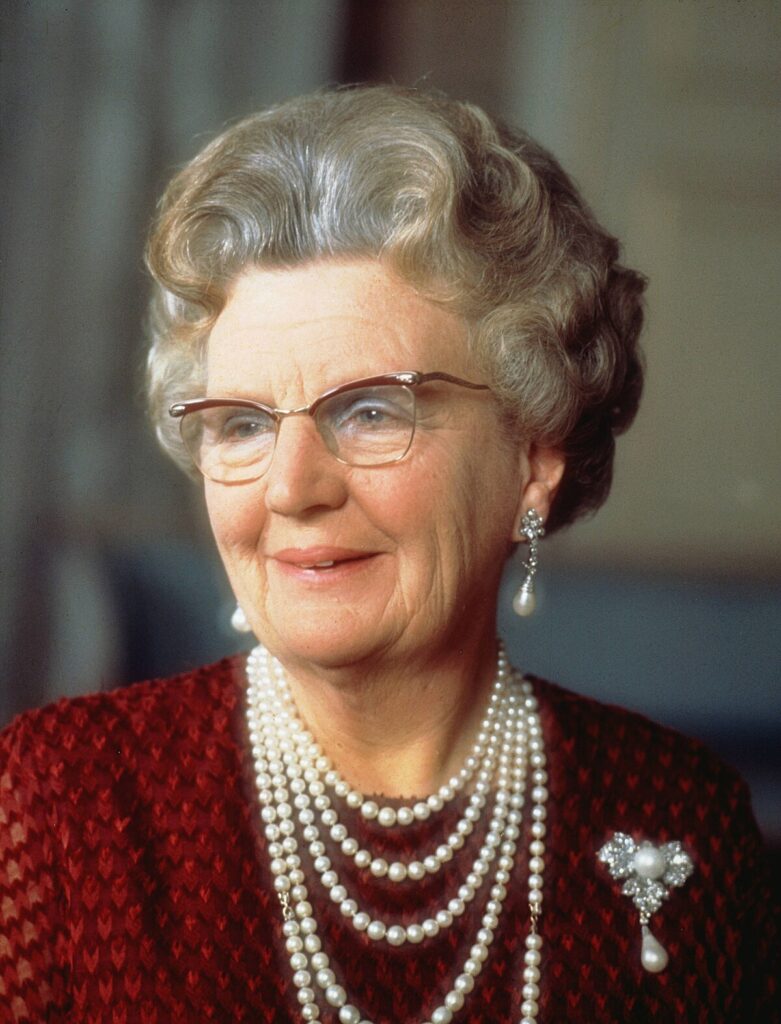Hitler appointed Albert Speer to handle his architectural needs as the primary architect while simultaneously assigning him as minister of armaments and war production between 1933 and 1945. The training which took him between Karlsruhe and Munich and Berlin enabled Speer to get his architectural license in 1927. At his 1930 attendance of the Nazi Party rally Speer became a full member of the Nazi Party during 1931. Hitler found rising star Albert Speer particularly appealing due to his exceptional architectural talent and organizational skills so the architect received major assignments including the construction of Nürnberg rally grounds that Leni Riefenstahl captured in her film “Triumph of the Will”. The planning efforts to restructure Berlin remained unfinished after Albert Speer took responsibility for them.
During 1942 Speer accepted the position of minister for munitions before assuming complete control over raw material distribution as well as industrial output. Through his control of forced labor from concentration camps Albert Speer supported Nazi war production which was essential for German military success.
Speer appeared before the Nürnberg Tribunals (1945–46) to show regret while denying any awareness about Holocaust killings. After receiving war crimes convictions and charges of crimes against humanity he spent 20 years imprisoned at Spandau Prison. Heimenrich Himmler disclosed his plans to exterminate Jews during a 1943 meeting which Speer attended according to his 1971 written letter. Eleven years after release his survey became public knowledge in 2007.
After completing his prison term in 1966 Albert Speer began writing books that included Inside the Third Reich (1969) and both Spandau: The Secret Diaries (1975) and Infiltration (1981). Through his works the reader gained understanding about Nazi Germany as well as his personal involvement with the Third Reich.



















